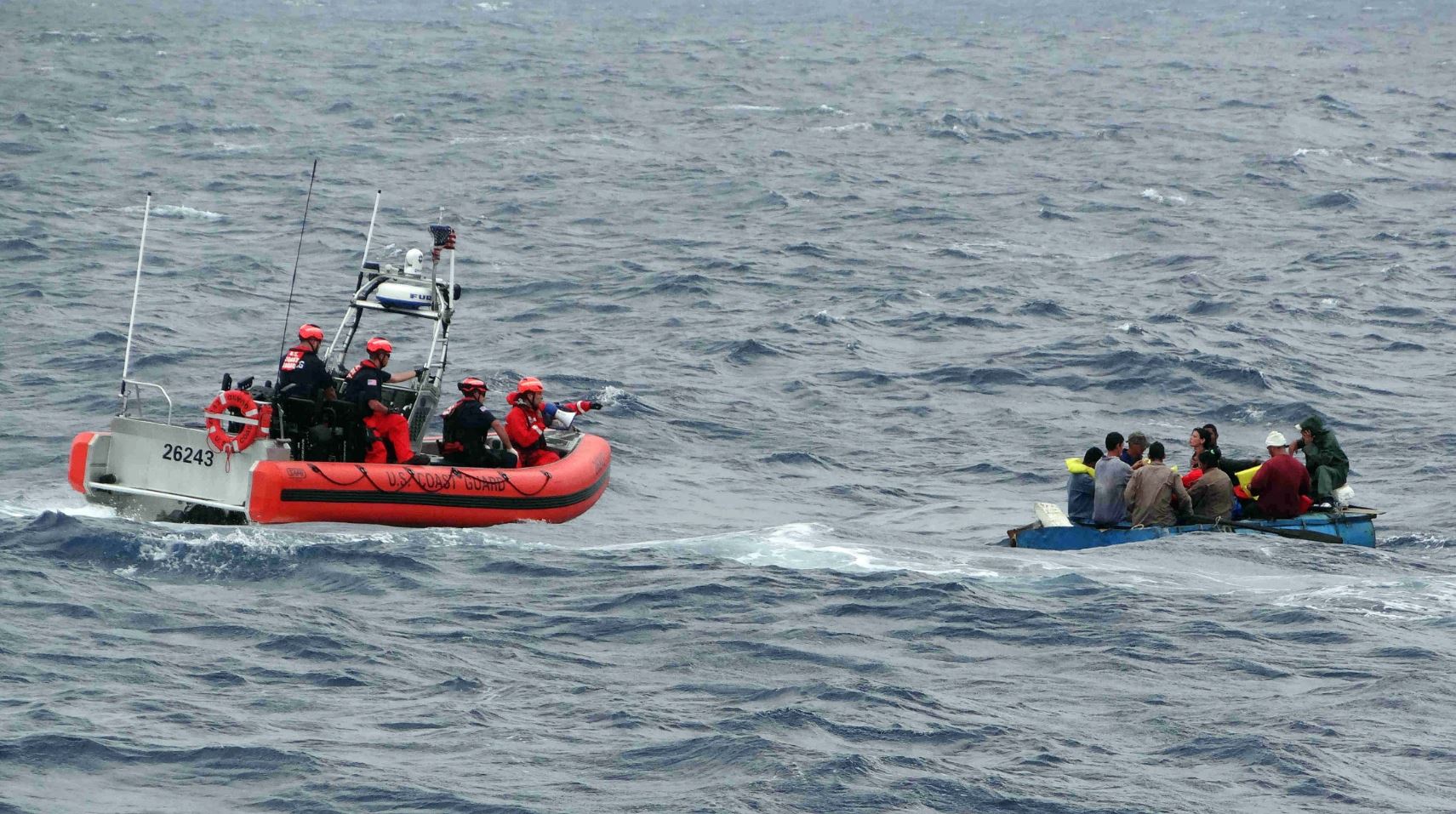The exodus of Cuban migrants to the United States in the last twelve months has already surpassed the waves of 1980 and 1994 combined. Every week, the economic crisis forces thousands of people to leave the communist-ruled Caribbean island for a better future.
So far this fiscal year, which runs from October 2021 to the end of July 2022, border authorities have recorded nearly 178,000 Cubans entering the United States from the island of 11 million people.
Thus, the Center for Democracy in the Americas, a Washington-based organization calling for the lifting of U.S. sanctions, noted that the number of migrants already exceeds the sum of the “Marielitos” of 1980 and the 1994 crisis, movements that were also triggered by economic turmoil.

Cuba is in its most serious crisis in three decades, with increasing shortages of food, medicine, and fuel, burdened by the effects of the COVID pandemic and the tightening of Washington’s sanctions.
In addition, the panorama of frequent power outages that have sparked protests points to a worsening after a massive fire, which the Castro regime says was caused by a lightning strike, engulfed four of eight storage tanks at a key fuel depot on the northern coast, 100 kilometers from Havana.
Before the fire, the United Nations forecasted Cuba’s output to grow by 3.4% this year. Meanwhile, inflation is already approaching 30% due to the devaluation of the peso and increases in fuel and other imports.
In addition to the energy crisis, Cuba has suffered repeated problems this year in its vital tourism industry when the flow of visitors from Russia stopped, and an explosion at a large luxury hotel in the capital, Havana, killed dozens of people, and in early July, a general who controlled a sprawling state-owned business empire that dominates the Cuban economy died of a heart attack.
CENTRAL AMERICA, THE BRIDGE TO THE USA
The majority of migrants reach the United States by passing through other countries. In 2021, Honduras recorded the passage of 17,590 irregular migrants, mainly from Haiti. But in 2022, the situation has changed.
Between January and early June, there were more than 44,000, most of them from Cuba and a smaller number from Venezuela. Since Nicaragua does not have a visa requirement for Cubans, many prefer to fly to Managua to travel further north.
The high demand from Havana has caused airfares to rise to around US$6,000, according to the country. In July, the Border Patrol apprehended 20,080 Cuban migrants, twenty-five percent more than in June and nearly six times more than in June 2021.
But departures by sea have also increased in recent months, even though crossing the Straits of Florida, which separates Cuba from the Florida peninsula and is a shark-infested area, is dangerous in boats.
U.S. immigration authorities said on August 15 that 187 Cuban migrants were arrested last weekend after arriving in ten boats in the Florida Keys.
Between October and June, CBP agents apprehended and arrested more than 1,300 Cubans arriving in Florida. In the last two years, that number ranged from 200 to 300 during the same period.
The number of Cubans immigrating by boat is only a small part of the large wave of Cubans crossing the U.S.-Mexico border.
In light of this increase, Washington and Havana recently resumed migration negotiations. Havana is demanding 20,000 annual emigrant visas, which the U.S. has committed to granting since 1995.
Under existing migration agreements between the two countries, Washington must return illegal migrants intercepted on the high seas to the island, and Cuba must readmit them without legal consequences.
Unlike other migrants, many Cubans arriving in the U.S. can turn themselves in to authorities, enter on parole and attempt to take advantage of the Cuban Adjustment Act (1966), a Cold War-era benefit that allows those leaving Cuba to apply for legal residency in the United States.
With information from Latina Press

